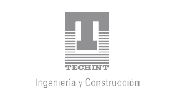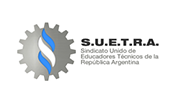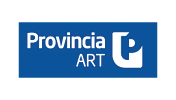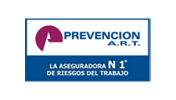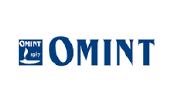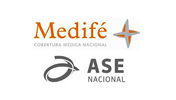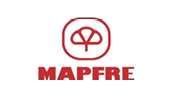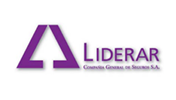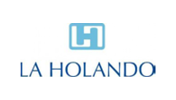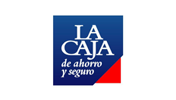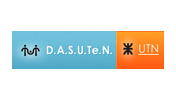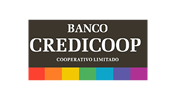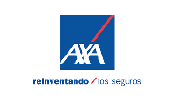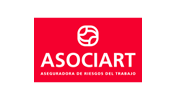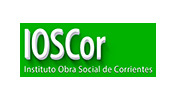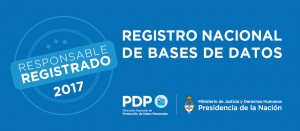More importantly, though, the company’s long-term outlook (which the market doesn’t seem to be particularly interested in) paints a picture of a deeply undervalued dividend stock. With this all-important point in mind, let’s dig deeper to unpack Pfizer’s value proposition. The actions of the company’s shareowners and directors in the two to three years preceding the insolvency will also be looked at. The creditor will then have the option of taking legal action against the stock owner who signed the guarantee if the company is unable to pay the debt. The signing of a stockholder’s personal guarantee for a business loan is one example.
The owners of the company might restrict their liability in one of two ways. The adoption of financial accounts, the nomination or confirmation of directors and auditors, and other obligatory agenda items are discussed during the meeting. Unless mandated by law, the corporation is not compelled or allowed to inquire as to who really owns the shares in question. For example, a chain of hotels in the US that employs 3,000 people has several stakeholders, including its employees because they rely on the company for their job. Other stakeholders include the local and national governments because of the taxes the company must pay annually.
Shareholders and Double Taxes
Stockholders have certain rights and play an indirect but vital role in company operations. In addition to voting rights, shareholders can also enjoy certain financial benefits including dividend payouts. But if you’re invested in one or more companies that do, those dividends could provide a valuable source of passive income. Generally, common stockholders enjoy voting rights, but preferred stockholders do not. Furthermore, the dividends paid to preferred stockholders are generally more significant than those paid to common stockholders. Anyone with the capital to make an investment can become a stockholder through public markets.
- Stakeholder Theory suggests that prioritizing the needs and interests of stakeholders over those of shareholders is more likely to lead to long-term success, health, and growth across a variety of metrics.
- You can pick and choose which stocks you want to buy, based on your risk tolerance, goals and time horizon for investing.
- This type of shareholder doesn’t have the same voting rights and is more rare.
- Common shareholders are last in line regarding company assets, which means that they will be paid out after creditors, bondholders, and preferred shareholders.
- Shareholders profit when a company does well and lose money when a company does poorly.
Large corporations have different types of shareholders and types of stock that they own. Shareholders holding common stock have voting rights (one vote per share) at the annual meeting, they get dividends when the corporation pays them, and they can sell their shares for a profit (or a loss). Stockholders’ equity is the remaining assets available to shareholders after all liabilities are paid. It is calculated either as a firm’s total assets less its total liabilities or alternatively as the sum of share capital and retained earnings less treasury shares. Stockholders’ equity might include common stock, paid-in capital, retained earnings, and treasury stock.
This shows how well management uses the equity from company investors to earn a profit. Part of the ROE ratio is the stockholders’ equity, which is the total amount of a company’s total assets and liabilities that appear on its balance sheet. It’s also important to note that while stockholders are entitled to profits, they’re also responsible for losses. If shares depreciate in price or the company cuts its dividends, the value of a stock investment falls. So long as they remain vested, investors will see their stock claims rise and fall.
Who Can be a Stockholder?
Shareowners can use their ability to select employees to direct a company’s activities. For instance, if stockholders cannot agree on a suitable price, they can successfully thwart takeover efforts. If you were paid a dividend or other distribution from a corporation during the year, you will receive a Form 1099-DIV, Dividends and Distributions form.
The board of directors of the corporation determines if and how much of a dividend will be paid. If a simple majority of stockholders present at the meeting vote in favor of the motion, the ordinary resolution is approved by the shareowners. Therefore, a majority of the votes cast (more than 50%) generally represented by a show of hands must be in favor. These stockholders not only make a profit from their investment by owning a company’s shares, but they also have a significant impact on how a corporation is run, financed, governed, and controlled.
Being a shareholder in a company can convey certain rights and benefits, including voting rights and dividend payouts. Investing in stocks can also help you build wealth over time if you’re using them to create a diversified portfolio. Just keep in mind that shareholders aren’t the same as bondholders or stakeholders. A shareholder research and experimentation tax credit is considered an owner of the issuing company, determined by the number of shares an investor owns relative to the number of outstanding shares. If a company has 1,000 shares of stock outstanding and one person owns 100 shares, that person would own and have a claim to 10% of the company’s assets and earnings.
Examples of stockholder
Although stakeholders include creditors and shareholders, stakeholders do not necessarily provide capital to the business and may not receive a payment like shareholders and bondholders. Preferred shareholders, on the other hand, receive a fixed dividend and usually do not have a claim to any additional earnings. Unlike the owners of sole proprietorships or partnerships, corporate shareholders are not personally liable for the company’s debts and other financial obligations.
What Is a Shareholder or Stockholder of a Corporation?
The stockholders normally do not have to pay any more money to the corporation for debts after those shares have been fully paid for. If the company is getting liquidated and its assets are sold, the shareholder may receive a portion of that money, provided that the creditors have already been paid. Because a shareholder owns one or more shares of stock in a company, a shareholder is a partial owner of the company. If you have shares of stock, you may have received a proxy notification from the company. Since many shareholders are not able to attend the annual meeting, they can vote by proxy.
Further, shareholders’ liability limits are only up to the amount of capital contributed. With convertible preferred stock, owners have the opportunity to exchange their preferred shares for a predetermined number of common shares at any time after a defined date. The risk and cost that ordinary stockholders of a company assume are more than that of preferred stockholders, but there is also the potential for bigger profits. Ordinary shares are fractional ownership interests in the company issuing them. The stockholder has a voice in important corporate decisions that are made at stockholder meetings since they are an owner. A company limited by shares requires its stockholders to reimburse the business for the shares they have purchased.
Owners of a company have the option of issuing preferred shares or ordinary stock to investors. In exchange for funds required to expand and run the business, companies offer equity shares to investors. For certain businesses, shares are a type of financial instrument that allows for the equitable distribution of any declared residual earnings in the form of dividends. A shareholder can be a person, company, or organization that holds stock(s) in a given company.


